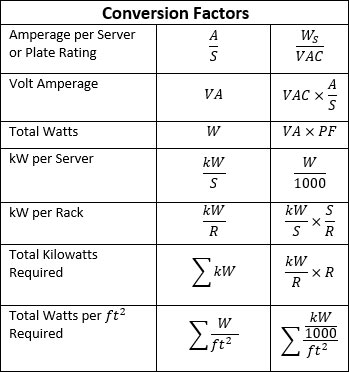

#Number rack app how it works full#
To further reduce the chance of passing COVID-19 on to others, if you end your self-isolation period before 10 full days, you are strongly advised to: If both your LFD test results are negative, it is likely that you were not infectious at the time the tests were taken. If your LFD test results are negative on the 21st and 22nd, and you do not have a high temperature, you may end your isolation period after the negative test result on the 22nd. This means that if, for example, your symptoms started at any time on the 15th of the month, you may take daily LFD tests from the 21st. If you take an LFD test from the sixth day of your self-isolation period, and the test result is positive, wait 24 hours before you take the next test. You should not take an LFD test before the sixth day of your self-isolation period, and you should only end your self-isolation following 2 consecutive negative LFD tests which should be taken at least 24 hours apart. If both these test results are negative, and you do not have a high temperature, you may end your self-isolation after the second negative test result. The second LFD test should be taken at least 24 hours later. You can take an LFD test from the sixth day of your self-isolation period, and another LFD test on the following day. You may be able to end your self-isolation period before the end of the 10 full days. Your self-isolation period includes the day your symptoms started and the next 10 full days. Read further guidance on what to do if you test positive. If your test is positive, you must complete a period of self-isolation. If you have any of the main symptoms of COVID-19 – a high temperature, a new continuous cough, or a loss or change to your sense of smell or taste – even if mild, get a PCR test (a test that is sent to a lab) to check if you have COVID-19 as soon as possible. You should stay at home and not have any visitors (self-isolate) until you get your test result. Failure to self-isolate for the full time-period can result in a fine, starting from £1,000. This includes people you live with and people outside your household.īy law, you must self-isolate if you test positive for COVID-19 or if you are identified as a contact and told to self-isolate by NHS Test and Trace. The guidance for households with possible COVID-19 infection page has more information on self-isolation.Ī ‘contact’ is a person you’ve been in close contact with if you’ve tested positive for COVID-19. Members of your household may also need to self-isolate. Do not go to work, school or public areas and do not use public transport or taxis. Self-isolation means you should remain at home.
#Number rack app how it works how to#
At this stage (until the test result is known), people you have been in contact with do not need to self-isolate, with some exceptions for other household members, but they should follow advice on how to avoid catching and spreading COVID-19 you should stay at home to self-isolate and not have visitors until you get your test result.if you have any of the main symptoms, even if they’re mild, stay at home and self-isolate straight away and get a PCR test (a test that is sent to a lab), to check if you have COVID-19 as soon as possible.Main messagesĬOVID-19 infection rates are very high and the Omicron variant is spreading rapidly. The first LFD test should not be taken before the sixth day.

It’s now possible to end self-isolation after 7 days, following 2 negative LFD (lateral flow device) tests taken 24 hours apart. The self-isolation advice for people with coronavirus (COVID-19) has changed. NHS Test and Trace helps to control the rate of reproduction (R), reduce the spread of the infection and save lives.

How NHS Test and Trace helps fight the virus


 0 kommentar(er)
0 kommentar(er)
